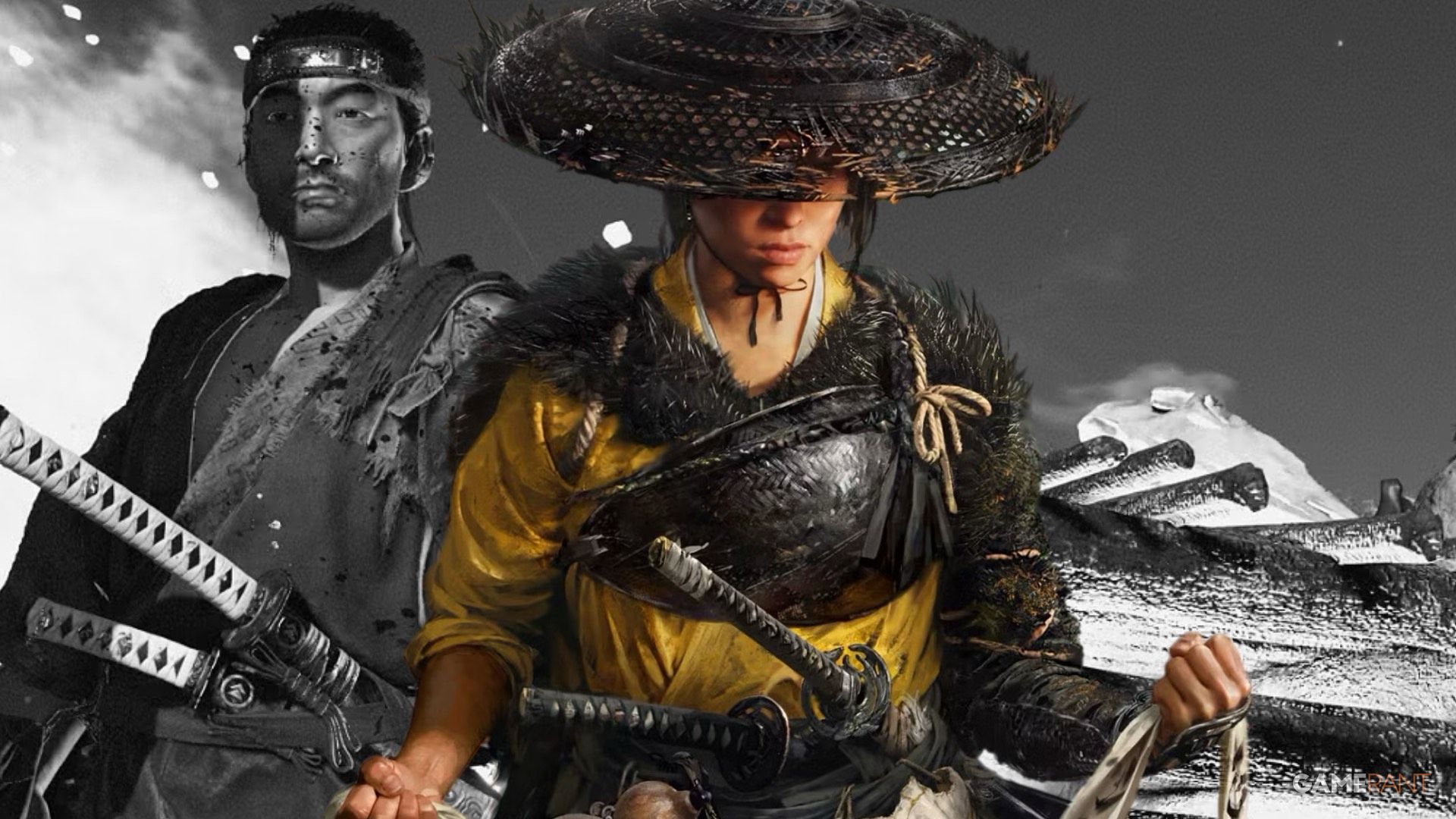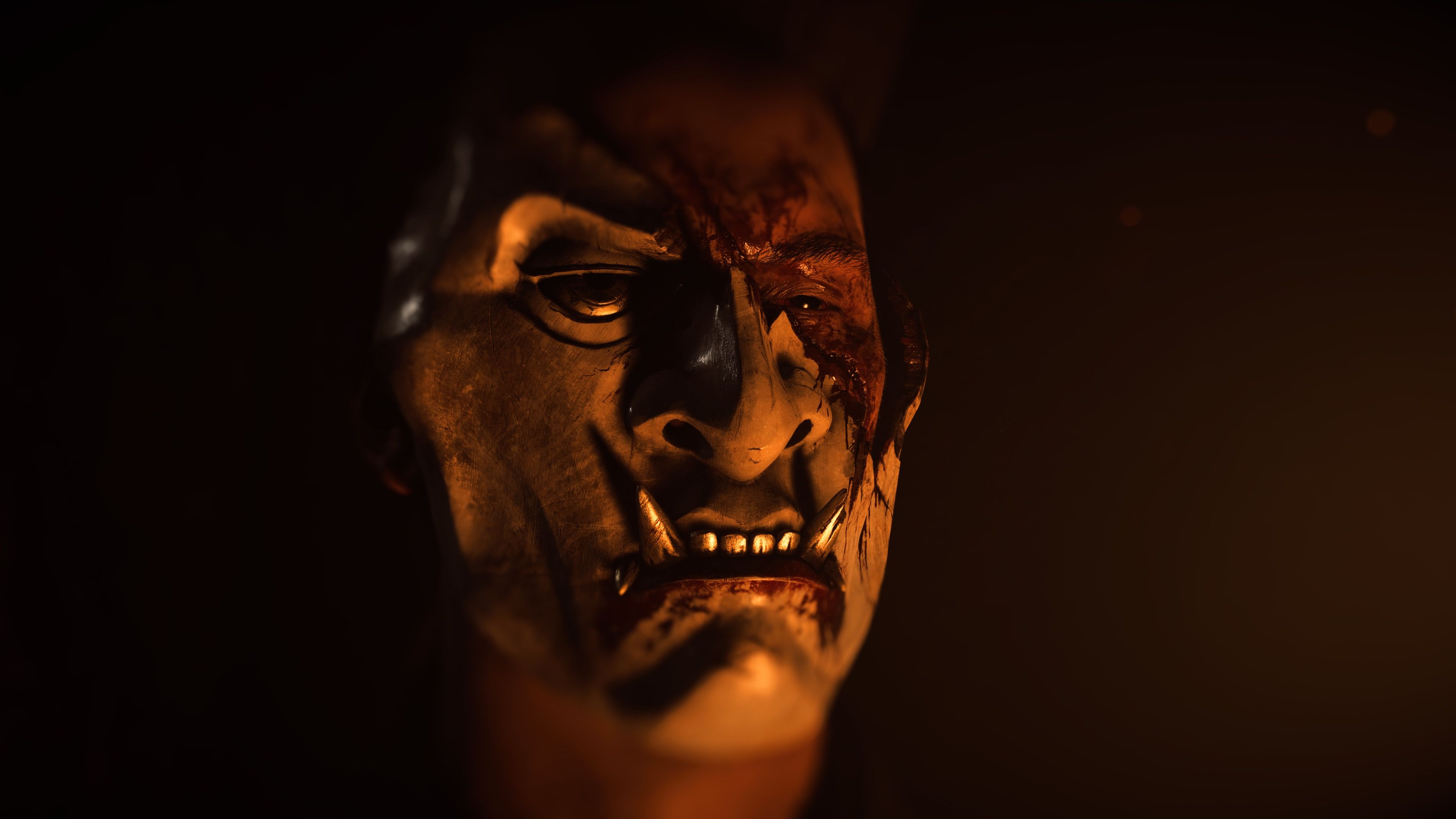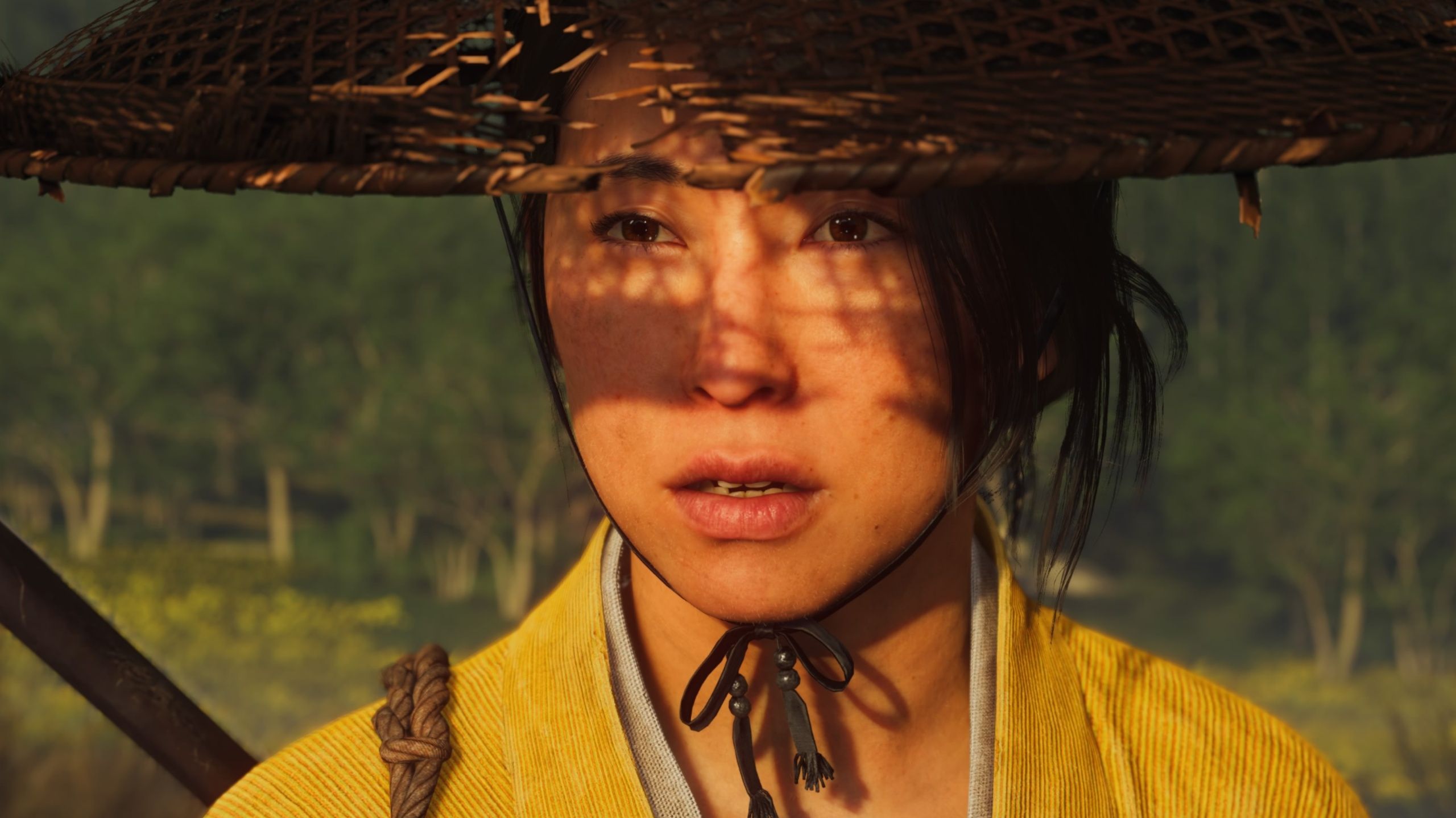
With the release of *Ghost of Yotei*, players can now compare it to the original, *Ghost of Tsushima*. While opinions on which story is better may vary, *Ghost of Yotei* is generally considered a more refined and improved game. Sequels are meant to build upon what came before, and *Ghost of Yotei* does exactly that, successfully evolving the franchise.
With a new main character, enhanced combat, more weapon options, and refined open-world exploration, *Ghost of Yotei* demonstrates that Sucker Punch’s series still has exciting potential for growth. While maintaining the feel of *Ghost of Tsushima*, *Ghost of Yotei* offers several improvements, most notably a wider range of cinematic modes. The original game featured the striking Kurosawa Mode, but this sequel expands with two additional modes inspired by film and television, potentially exposing players to a wealth of new media.
Ghost of Yotei’s Cinematic Modes Pay Tribute to a Legendary Trio of Directors

- Akira Kurosawa
- Takashi Miike
- Shinichiro Watanabe
Players of *Ghost of Tsushima* will likely know Akira Kurosawa, but Takashi Miike and Shinichiro Watanabe might be new names. Kurosawa is a hugely important filmmaker, and classics like *Seven Samurai* and *Yojimbo* have inspired modern directors such as Quentin Tarantino and David Fincher. While the return of the black-and-white Kurosawa Mode was anticipated, it’s great to see *Ghost of Tsushima* also pay tribute to Miike and Watanabe through its cinematic options.

Kurosawa’s The Hidden Fortress was a big inspiration for George Lucas when making Star Wars.
Takashi Miike’s Most Notable Works
- Audition
- Ichi the Killer
- Visitor Q
- One Missed Call
Takashi Miike is known for his intense and often shocking films. He’s a major figure in Japanese horror and thrillers, and this new content for the game pays homage to his style with a playful approach. True to Miike’s reputation, this mode ramps up the gore and gritty visuals.

Miike has directed over 100 films.
Shinichiro Watanabe’s Most Notable Works
- Cowboy Bebop
- Samurai Champloo
- Space Dandy
- Animatrix
Shinichirō Watanabe is a hugely respected anime director, and it’s a nice touch that *Ghost of Yotei* chose to pay tribute to him, especially since he’s known for animation, not live-action films. This tribute mode is especially interesting because it doesn’t use the game’s usual music. Instead, it features a completely new, lo-fi soundtrack created specifically in the style of Watanabe’s directing. This dramatically changes the game’s atmosphere, and if you enjoy this mode, it’s a great way to discover Watanabe’s work if you haven’t already.

Ghost of Yotei proves that Sucker Punch’s series has plenty of fresh ways to continue and evolve.
The Ways Ghost of Yotei Builds Upon its Predecessor Are Brilliant

Even though *Ghost of Yotei* takes place 300 years after *Ghost of Tsushima*, the two games still feel closely connected. While their stories don’t overlap, *Ghost of Yotei* shows how this series could grow into a fantastic collection of action-packed games, each with its own unique story.
It’s natural to compare *Ghost of Tsushima* and *Ghost of Yotei*, but *Ghost of Yotei* represents a clear improvement. Even small additions, like the two new cinematic modes, demonstrate how Sucker Punch refined every part of *Ghost of Tsushima* to create a better game.
Read More
- Byler Confirmed? Mike and Will’s Relationship in Stranger Things Season 5
- One-Way Quantum Streets: Superconducting Diodes Enable Directional Entanglement
- All Exploration Challenges & Rewards in Battlefield 6 Redsec
- Quantum Circuits Reveal Hidden Connections to Gauge Theory
- Entangling Bosonic Qubits: A Step Towards Fault-Tolerant Quantum Computation
- Every Hisui Regional Pokémon, Ranked
- Top 8 Open-World Games with the Toughest Boss Fights
- Star Wars: Zero Company – The Clone Wars Strategy Game You Didn’t Know You Needed
- What is Legendary Potential in Last Epoch?
- If You’re an Old School Battlefield Fan Not Vibing With BF6, This New FPS is Perfect For You
2025-10-08 01:09